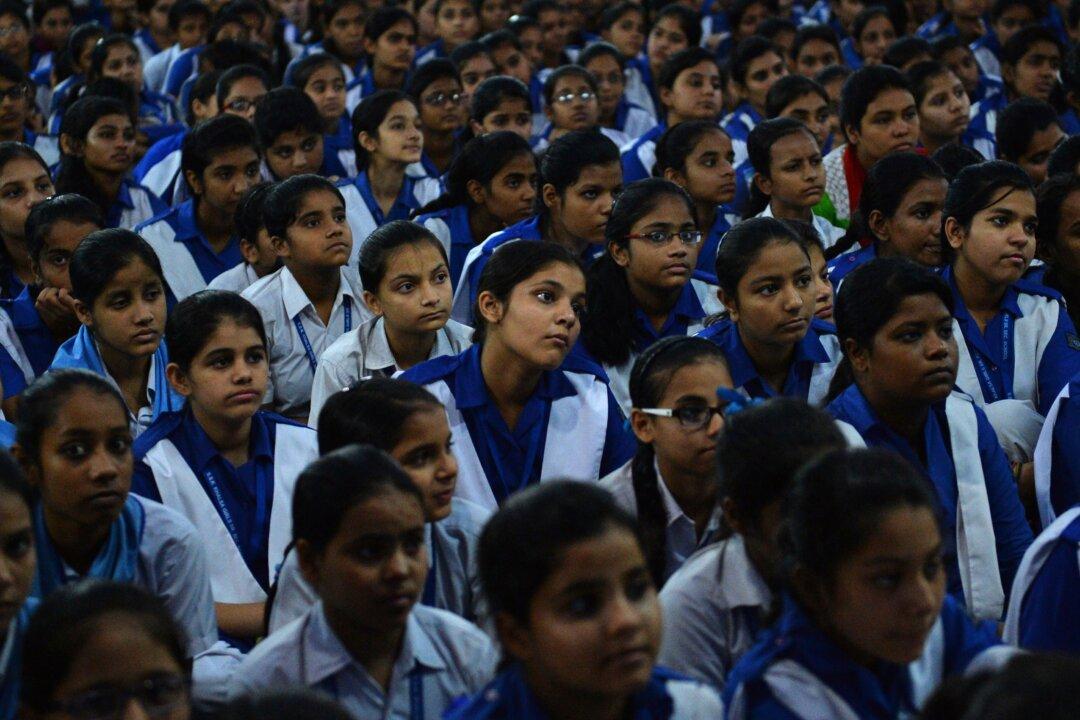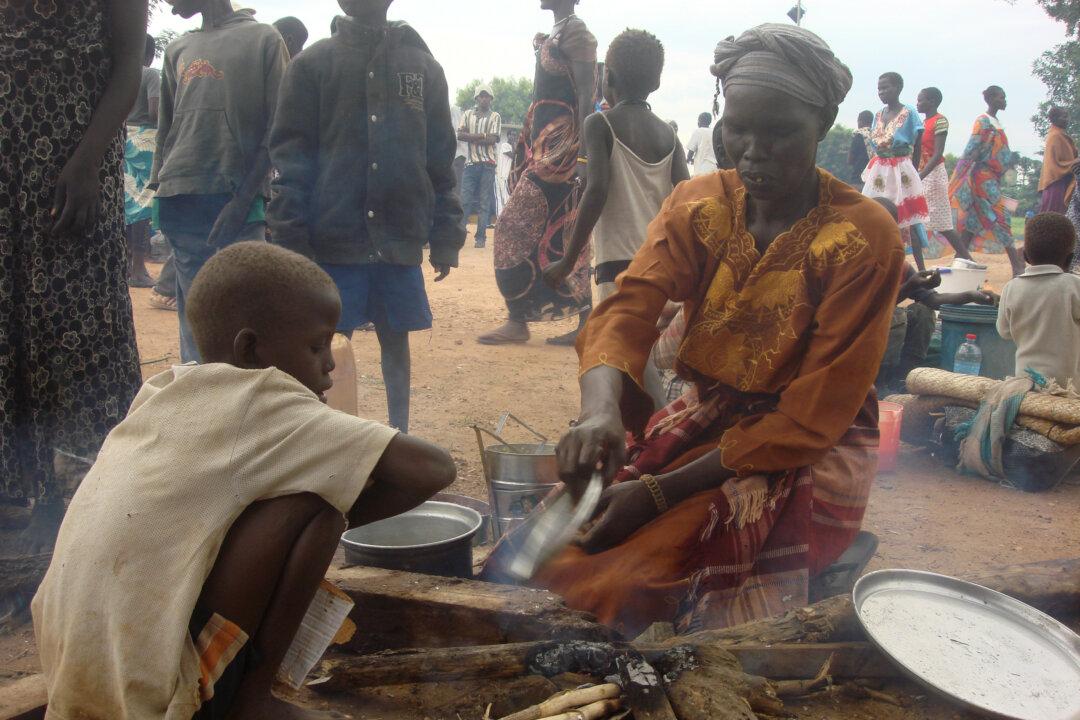Several studies have shown that there is a close interrelationship between education and health. Level of education in relation to health is particularly important among women. It has been found that better education, particularly among mothers, is widely associated with better children’s health. In addition, education for women is closely associated with later marriage and smaller family size.
Experiences in several countries have shown the power of education to increase children’s nutritional levels and their health status, particularly among the poor. Education is one of the most effective investments a nation can make toward faster development and better health.
Education is one of the most effective investments a nation can make toward faster development and better health.




